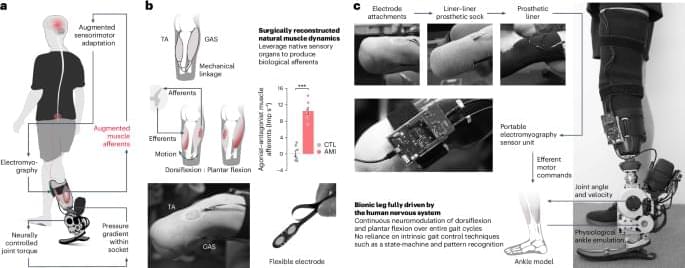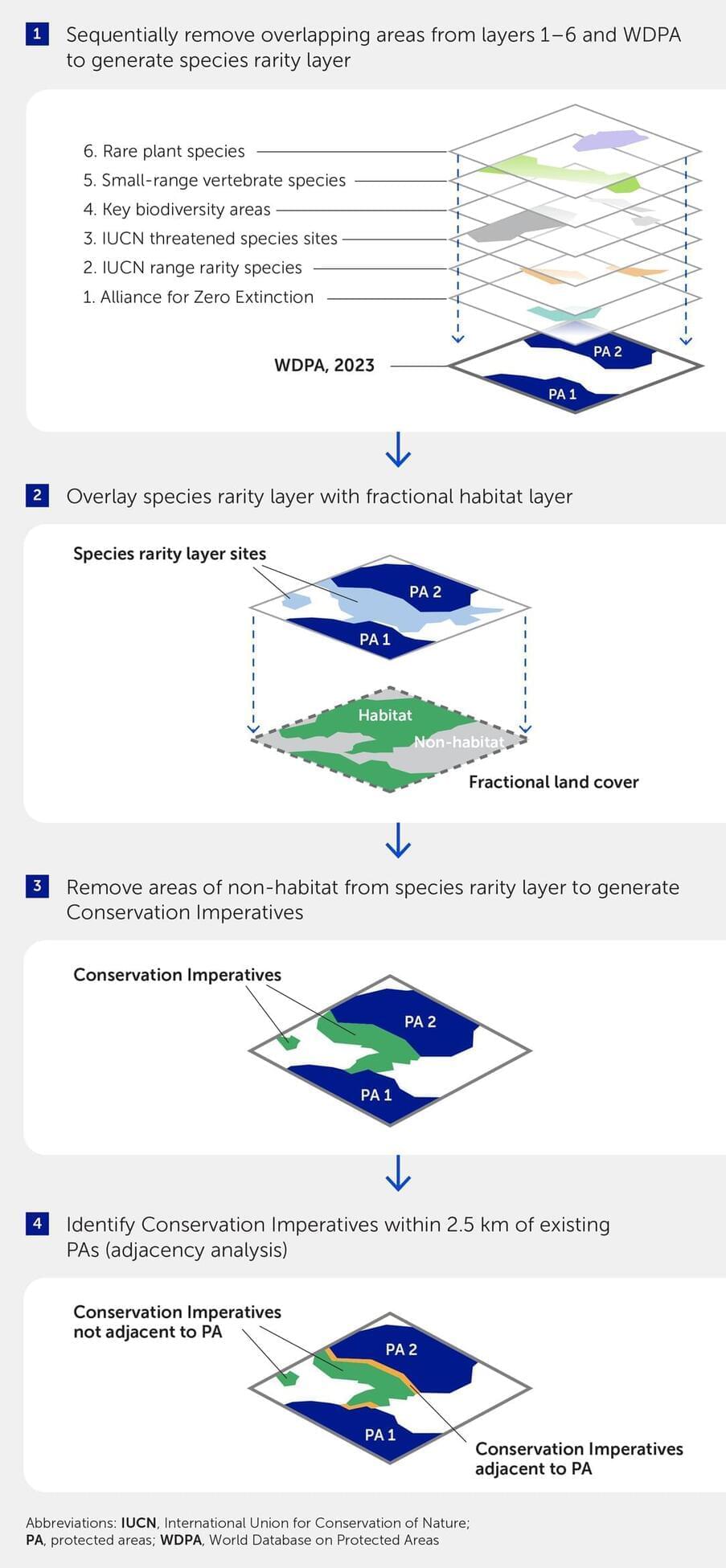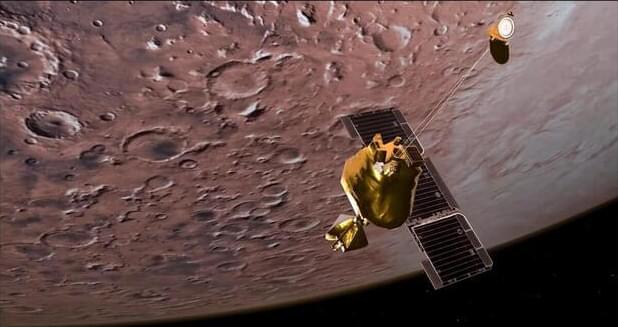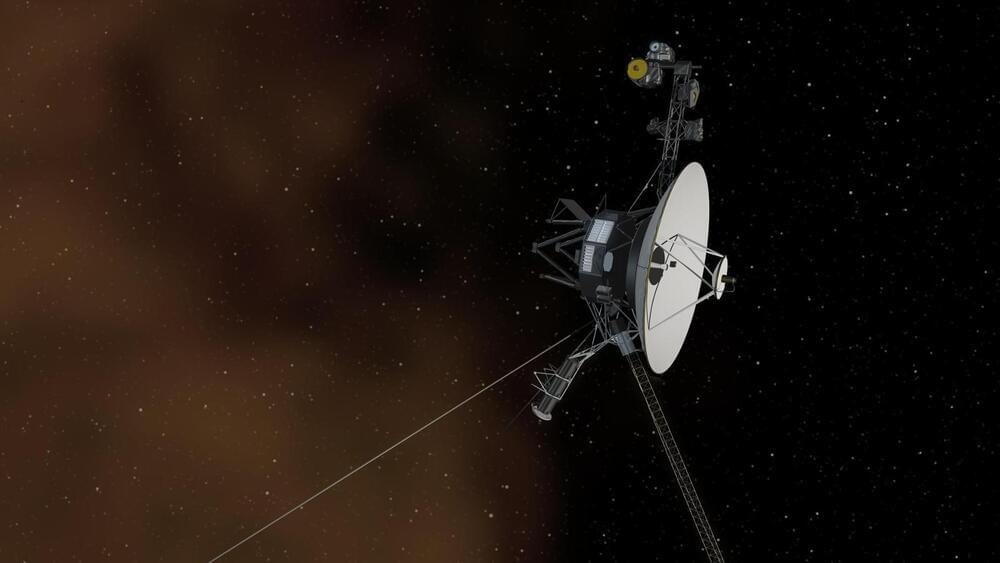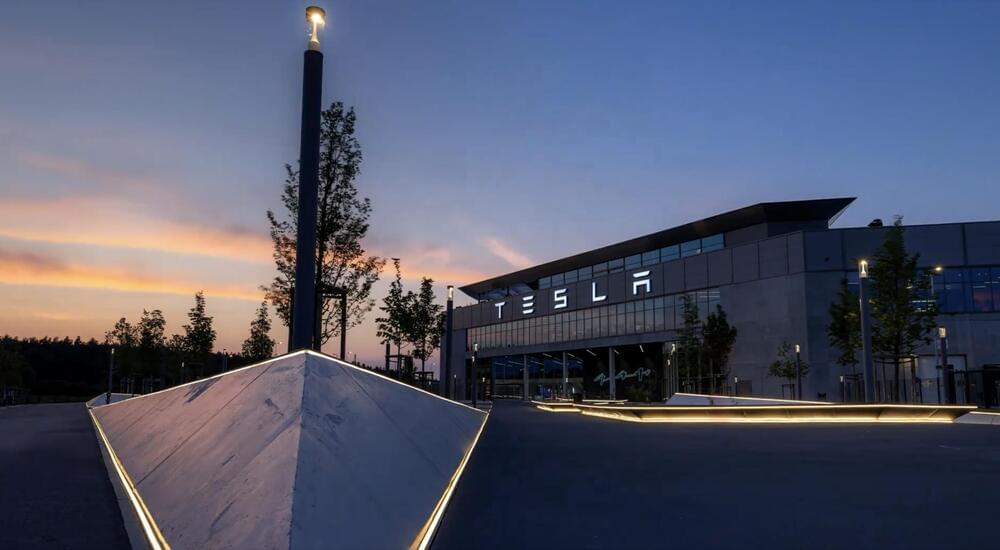Jul 5, 2024
4,000-year-old Rock Art From A Previously Unknown Ancient Culture uncovered in Venezuela
Posted by Genevieve Klien in category: futurism
An archaeological team in Venezuela has uncovered 20 ancient rock art sites in Canaima National Park in the southeastern part of the country, consisting of both pictograms and petroglyphs, estimated to be about 4,000 years old.
This discovery reveals a previously unknown culture, even though similar rock art has been found elsewhere in South America.
The newfound rock art, referred to as pictograms, was painted in red and featured geometric shapes such as dotted lines, rows of X’s, star-shaped patterns, and interconnected straight lines. Additionally, there are simple depictions of leaves and stick figure drawings of people. Some images, known as petroglyphs, were incised into the rock and exhibit similar geometric designs.


